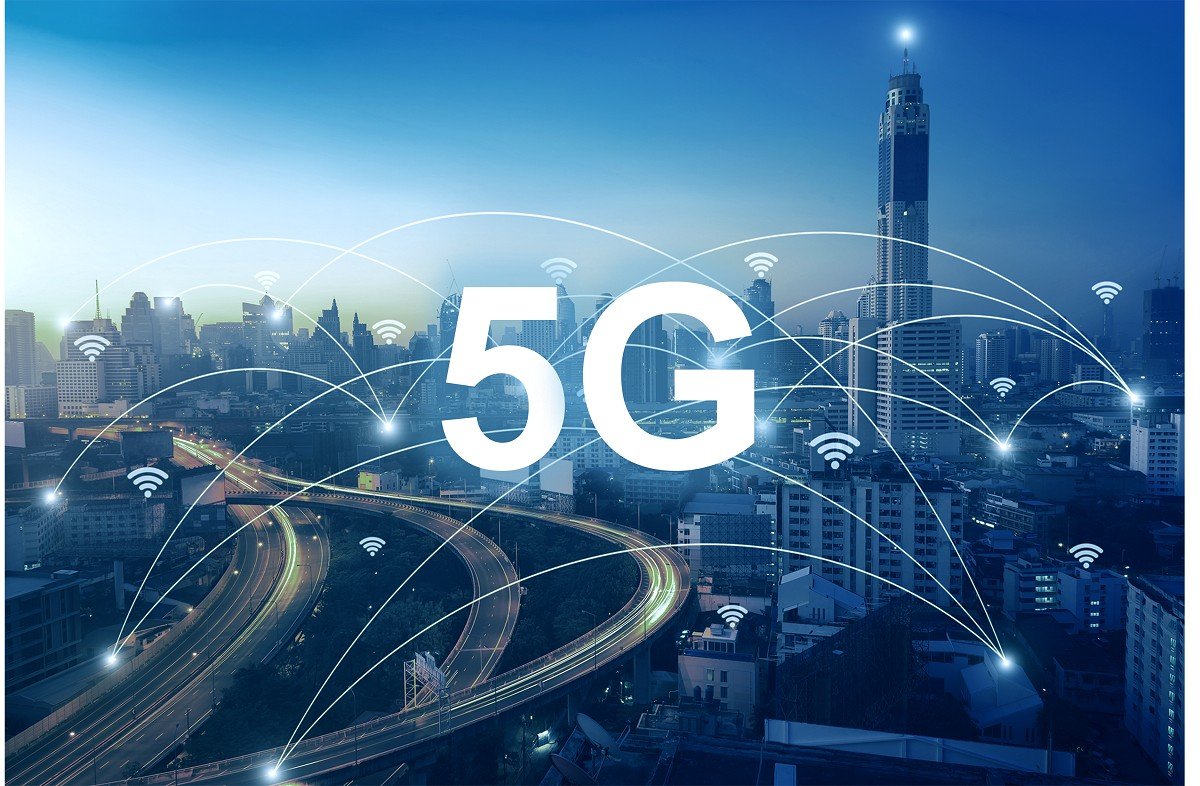Everything you need to know about 5G
What is 5G?
5G is the 5th generation mobile network. It is a new global wireless standard after 1G, 2G, 3G, and 4G networks. 5G enables a new kind of network that is designed to connect virtually everyone and everything together including machines, objects, and devices.
5G wireless technology is meant to deliver higher multi-Gbps peak data speeds, ultra low latency, more reliability, massive network capacity, increased availability, and a more uniform user experience to more users. Higher performance and improved efficiency empower new user experiences and connects new industries.
See this video to learn the technology behind this!
What are the differences between the previous generations of mobile networks and 5G?
The previous generations of mobile networks are 1G, 2G, 3G, and 4G.
First generation – 1G
1980s: 1G delivered analog voice.
Second generation – 2G
Early 1990s: 2G introduced digital voice (e.g. CDMA- Code Division Multiple Access).
Third generation – 3G
Early 2000s: 3G brought mobile data (e.g. CDMA2000).
Fourth generation – 4G LTE
2010s: 4G LTE ushered in the era of mobile broadband.
1G, 2G, 3G, and 4G all led to 5G, which is designed to provide more connectivity than was ever available before.
5G is a unified, more capable air interface. It has been designed with an extended capacity to enable next-generation user experiences, empower new deployment models and deliver new services.
With high speeds, superior reliability and negligible latency, 5G will expand the mobile ecosystem into new realms. 5G will impact every industry, making safer transportation, remote healthcare, precision agriculture, digitized logistics — and more — a reality.
How is 5G better than 4G?
There are several reasons that 5G will be better than 4G:
- 5G is significantly faster than 4G
- 5G has more capacity than 4G
- 5G has significantly lower latency than 4G
- 5G is a unified platform that is more capable than 4G
- 5G uses spectrum better than 4G
5G is a unified platform that is more capable than 4G.
While 4G LTE focused on delivering much faster mobile broadband services than 3G, 5G is designed to be a unified, more capable platform that not only elevates mobile broadband experiences, but also supports new services such as mission-critical communications and the massive IoT. 5G can also natively support all spectrum types (licensed, shared, unlicensed) and bands (low, mid, high), a wide range of deployment models (from traditional macro-cells to hotspots), and new ways to interconnect (such as device-to-device and multi-hop mesh).
5G uses spectrum better than 4G.
5G is also designed to get the most out of every bit of spectrum across a wide array of available spectrum regulatory paradigms and bands—from low bands below 1 GHz, to mid bands from 1 GHz to 6 GHz, to high bands known as millimeter wave (mmWave).
5G is faster than 4G.
5G can be significantly faster than 4G, delivering up to 20 Gigabits-per-second (Gbps) peak data rates and 100+ Megabits-per-second (Mbps) average data rates.
5G has more capacity than 4G.
5G is designed to support a 100x increase in traffic capacity and network efficiency.1
5G has lower latency than 4G.
5G has significantly lower latency to deliver more instantaneous, real-time access: a 10x decrease in end-to-end latency down to 1ms
So, it may be possible that entire movie can be downloaded with in a minute with 5G. Keep watching this space for updates. Try this and write us your experiences at vaguefoundation@gmail.com.
Source: Qualcomm
